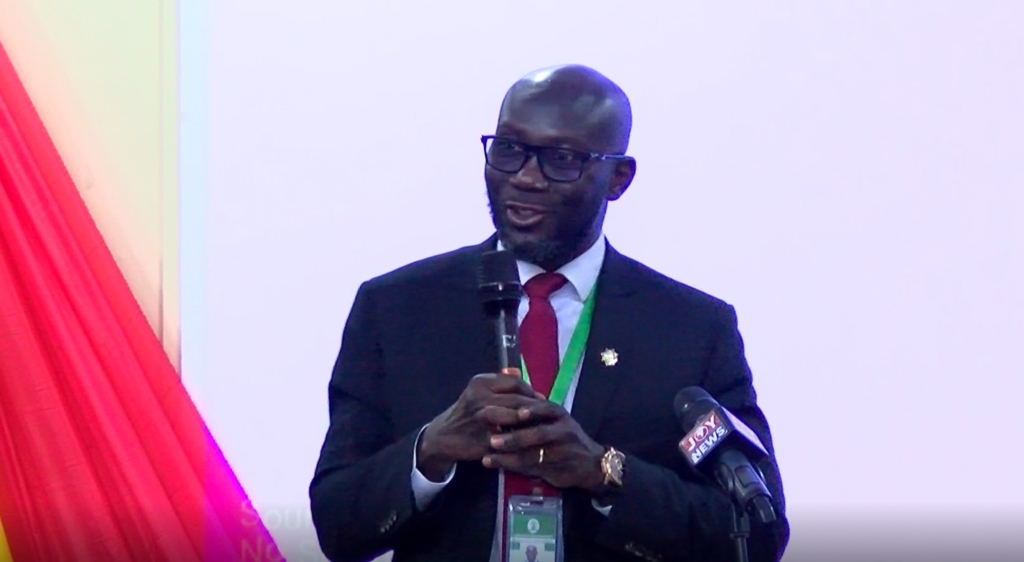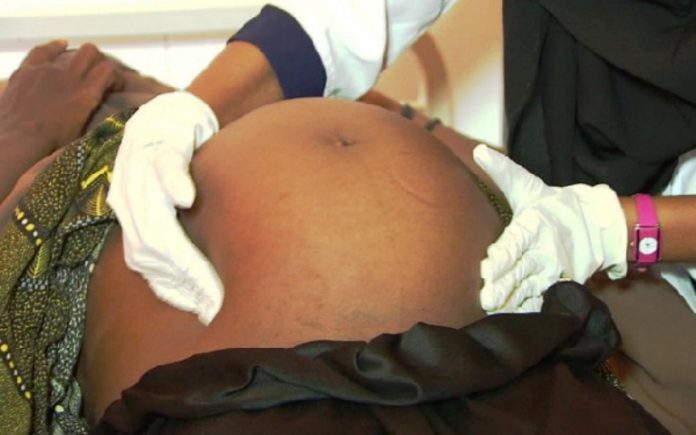The Ashanti Region has recorded the highest number of maternal mortality figures in three years.
In the first half of 2025, the region recorded 232 maternal deaths per 100,000 live births, compared to 158 recorded in the same period last year.
This means the region saw its maternal figures appreciating with 74 deaths.
This was against a national target of 125 deaths per 100,000 live births.

Ashanti Regional Director of Health Services, Dr. Fred Adomako-Boateng, who revealed this at the ongoing half-year review meeting, also announced a marginal increase in deliveries attended by health workers from 52.3 percent in 2024 to 53.7 percent in the same period in 2025.
Dr. Adomako-Boateng blames the situation on uncoordinated referrals and a lack of capacity at the peripheral level.
According to him, a new model is being developed as specialists and consultants are deployed to support healthcare provision at the primary care and district levels.
“If you look at the statistics, the 2023 half-year, we had 144 mothers dying from 100,000 live births. If you look at 2024, we had 150 maternal deaths from 100,000 live births and the year under review is 232 per 100,000 live births. For us, I am happy we have our friends from Komfo Anokye. We have sat down and we have analyze the data thoroughly. And we have even come with the causes of these.” He said.
“If you look at the data right now, you see that if you take Komfo Anokye out of it, you see public facilities, private facilities, and CHAG facilities would be recording 64 maternal deaths per 100,000 live births.
When you look at the deaths at Komfo Anokye, you realised that most of them were referred. The question is if we can really build capacity in the peripheral areas, where we can manage them so that they don’t refer to Komfo Anokye. It means that all these deaths are going to be curtailed.” Dr. Adomako-Boateng added.
This year’s review meeting is under the theme “Strengthening primary healthcare through networks of practice towards universal health coverage: the role of stakeholders.”
Source: Ohemeng Tawiah
ALSO READ:


